Finding the Main Idea & Gussing the Words' Meanings
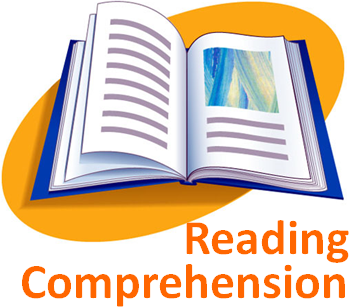
Topic: Reacing Comprehension Skills; Main Idea & Guess the Meaning of words
Level: Intermediate
Context: Blended
Reading fluency in a second language requires hard work and dedication from learners that extends beyond the classroom or a single reading course. Students attend classes for relatively short periods of time, but teachers can help them extend reading fluency by encouraging them to build supportive learning communities.
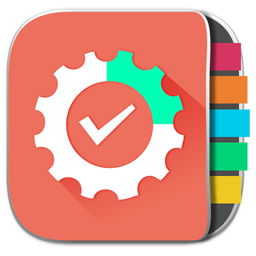 How to Find the Main Idea (Roell, 2019)
How to Find the Main Idea (Roell, 2019)
Questions about the "main idea" of a passage are popular on reading comprehension tests, but sometimes, those questions are pretty difficult to answer, especially for students who are not completely sure they understand what the main idea really is. Finding the main idea of a paragraph or longer passage of text is one of the most important reading skills to master, along with concepts like making an inference, finding the author's purpose, or understanding vocabulary words in context.
How to Define the Main Idea
The main idea of a paragraph is the primary point or concept that the author wants to communicate to the readers about the topic. Hence, in a paragraph, when the main idea is stated directly, it is expressed in what is called the topic sentence. It gives the overarching idea of what the paragraph is about and is supported by the details in subsequent sentences in the paragraph. In a multi-paragraph article, the main idea is expressed in the thesis statement, which is then supported by individual smaller points.
Think of the main idea as a brief but all-encompassing summary. It covers everything the paragraph talks about in a general way, but does not include the specifics. Those details will come in later sentences or paragraphs and add nuance and context; the main idea will need those details to support its argument.
For example, imagine a paper discussing the causes of World War I. One paragraph might be dedicated to the role that imperialism played in the conflict. The main idea of this paragraph might be something like: "Constant competition for massive empires led to increasing tensions in Europe that eventually erupted into World War I." The rest of the paragraph might explore what those specific tensions were, who was involved, and why the countries were seeking empires, but the main idea just introduces the overarching argument of the section.
When an author does not state the main idea directly, it should still be implied, and is called an implied main idea. This requires that the reader look closely at the content—at specific words, sentences, images that are used and repeated—to deduce what the author is communicating.
How to Find the Main Idea
Finding the main idea is critical to understanding what you are reading. It helps the details make sense and have relevance, and provides a framework for remembering the content. Try these specific tips to pinpoint the main idea of a passage.
1) Identify the Topic
Read the passage through completely, then try to identify the topic. Who or what is the paragraph about? This part is just figuring out a topic like "cause of World War I" or "new hearing devices;" don't worry yet about deciding what argument the passage is making about this topic.
2) Summarize the Passage
After reading the passage thoroughly, summarize it in your own words in one sentence. Pretend you have just ten to twelve words to tell someone what the passage is about—what would you say?
3) Look at the First and Last Sentences of the Passage
Authors often put the main idea in or near either the first or last sentence of the paragraph or article, so isolate those sentences to see if they make sense as the overarching theme of the passage. Be careful: sometimes the author will use words like but, however, in contrast, nevertheless, etc. that indicate that the second sentence is actually the main idea. If you see one of these words that negate or qualify the first sentence, that is a clue that the second sentence is the main idea.
4) Look for Repetition of Ideas
If you read through a paragraph and you have no idea how to summarize it because there is so much information, start looking for repeated words, phrases, or related ideas. Read this example paragraph:
A new hearing device uses a magnet to hold the detachable sound-processing portion in place. Like other aids, it converts sound into vibrations, but it is unique in that it can transmit the vibrations directly to the magnet and then to the inner ear. This produces a clearer sound. The new device will not help all hearing-impaired people—only those with a hearing loss caused by infection or some other problem in the middle ear. It will probably help no more than 20 percent of all people with hearing problems. Those people who have persistent ear infections, however, should find relief and restored hearing with the new device.
What does this paragraph consistently talk about? A new hearing device. What is it trying to convey? A new hearing device is now available for some, but not all, hearing-impaired people. That's the main idea!
Avoid the Main Idea Mistakes
Choosing a main idea from a set of answer choices is different than composing a main idea on your own. Writers of multiple choice tests are often tricky and will give you distractor questions that sound much like the real answer. By reading the passage thoroughly, using your skills, and identifying the main idea on your own, though, you can avoid making these 3 common mistakes: selecting an answer that is too narrow in scope; selecting an answer that is too broad; or selecting an answer that is complex but contrary to the main idea.
 Guessing Meaning from the contxt (Rahlami, 2013)
Guessing Meaning from the contxt (Rahlami, 2013)
Confronted with texts, language learners may be stuck by a shortage of vocabulary inventory and thus be unable to understand what texts are about. The first thing that a learner does to understand a difficult word is to look it up using the nearest dictionary. There are however techniques learners may use to get the meaning of such vocabulary items. One of these techniques is guessing meaning from context.
Techniques for guessing
Texts are often full of redundancy and consequently, You can use the relation between different items within a text to get the meaning. Our prior knowledge of the world may also contribute to understanding what an expression means.
1. Synonyms and definitions:
When he made insolent remarks towards his teacher they sent him to the principal for being disrespectful.
2. Antonym and contrast
He loved her so much for being so kind to him. By contrast, he abhorred her mother
3. Cause and effect
He was disrespectful towards other members. That’s why he was sent off and penalized.
4. Parts of speech: Whether the word is a noun, a verb, an adjective or an adverb, functioning as a subject, a predicate or an object.
Trojan is an example of a computer virus
5. Word forms (the morphological properties of the word): Getting information from affixes (prefixes and suffixes) to understand a word.
Examples: dis- (meaning not), –less (meaning without)…
6. General knowledge
The French constitution establishes laïcité as a system of government where there is a strict separation of church and state.
 Time for Test
Time for Test
Now it is time to check your understandings from this session. You have 15 minutes time to read the passage in link below and answer its questions.

link: https://forms.gle/w624XiYzB5DozAfc6
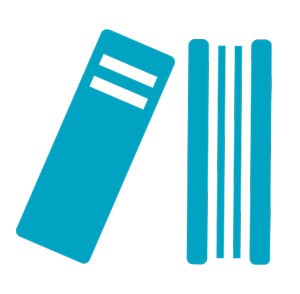 References
References
Rahlami, M. (2013). Guessing meaning from context.
Roell, K. (2019). How to find the main idea.

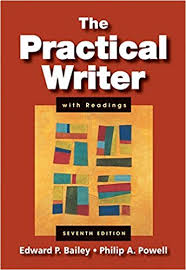





 Some Sample Tools:
Some Sample Tools:




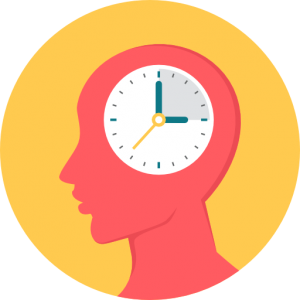


 References
References